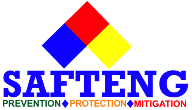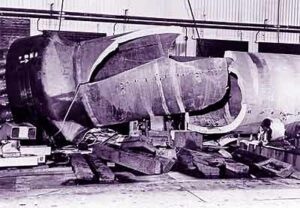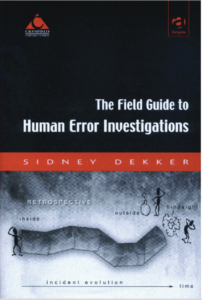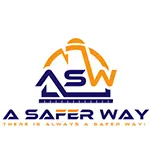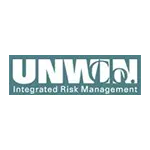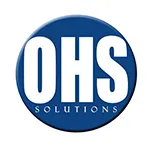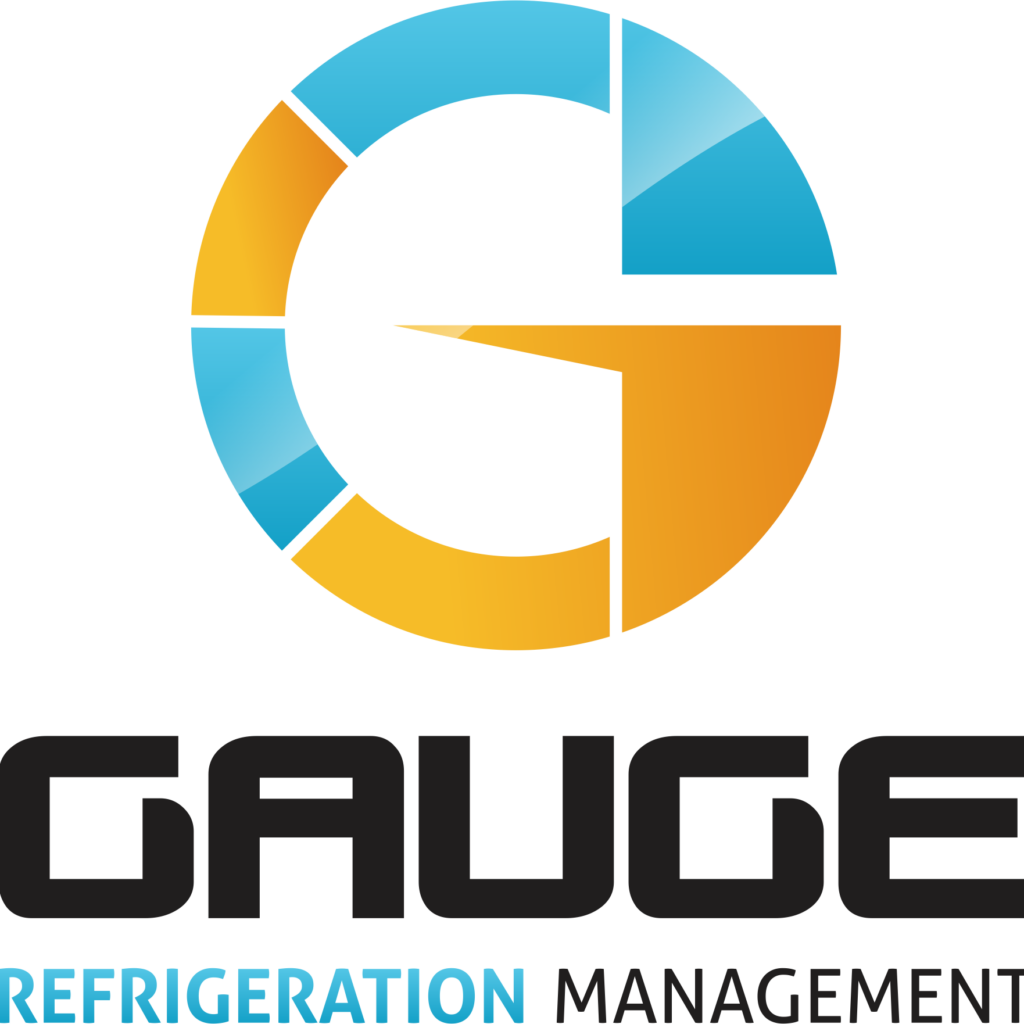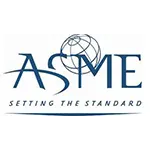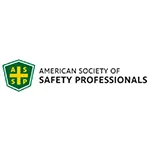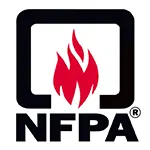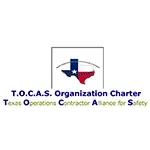CLICK HERE to Renew your Membership
CLICK HERE for a NEW Membership
CLICK HERE to see eligibility requirements for FREE Membership
If you have any questions, please contact me
We offer:
- Over 17,600 categorized unsafe acts/conditions and accident/injury photos
- Over 1,450 ppt's & doc's
- Over 3,975 technical articles on Process Safety & Occupational Safety & Health matters
- Over 450 videos

I am proud to announce that have extended our”Partners in Safety” agreement for another year (2025).
CI Members, send me an e-mail to request your FREE SAFTENG membership.

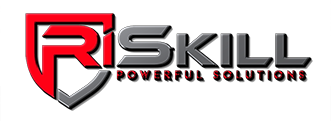



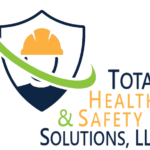





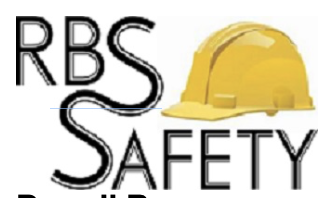

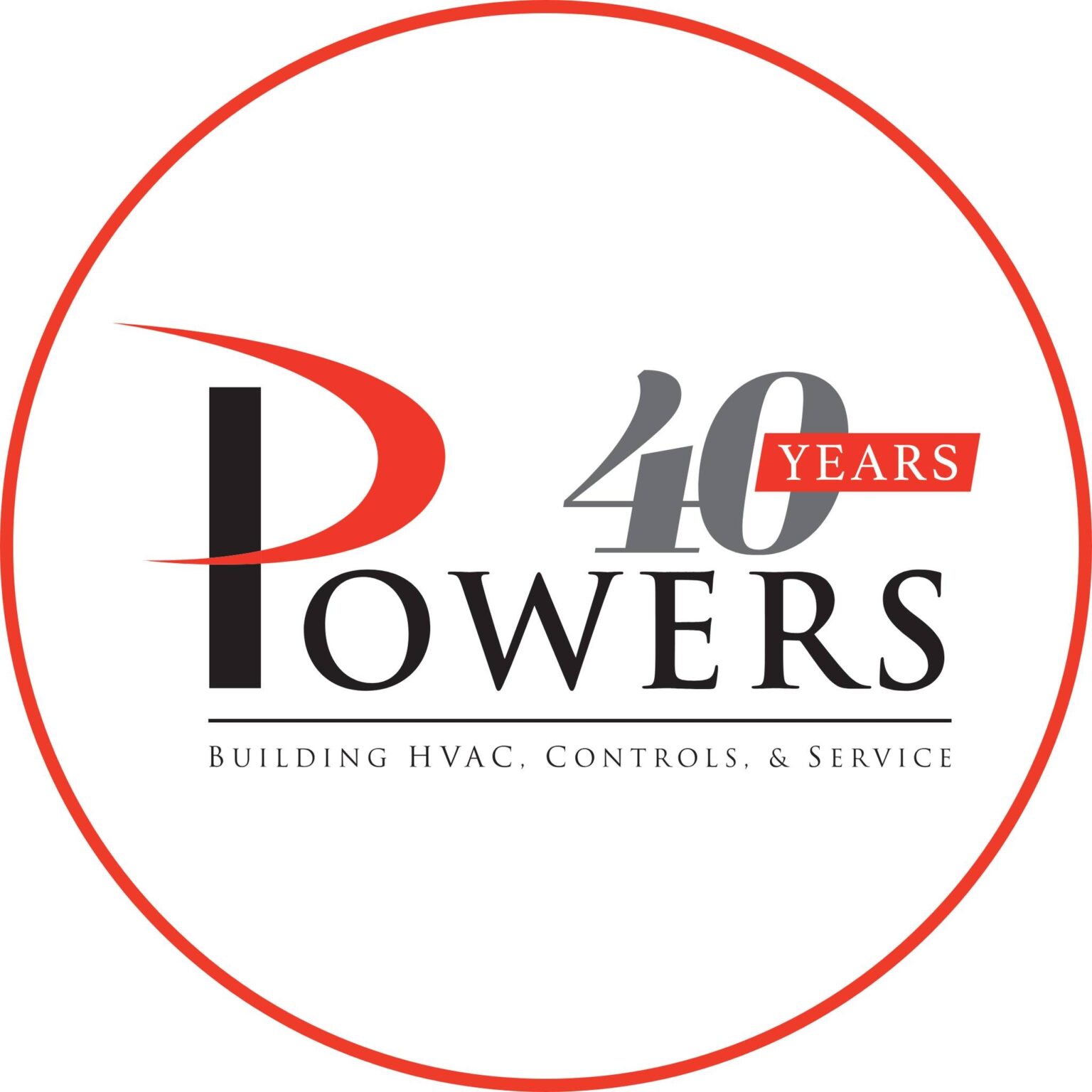
April 5, 2010
This section is dedicated to all those workers doing SAFETY THE RIGHT WAY! So many times we focus on the NEGATIVE SIDE of safety, leaving the most important side…POSITIVE FEEDBACK to those that practice safety to go un-noticed. With the help of one of our subscribing Construction Company, I present to you Doing it RIGHT!
2005 Doing it Right!...
Read More
April 5, 2010
November Week 1
November Week 2
November Week 3
November Week 4
December Week 1
December Week 2
December Week 3
December Week 4
January Week 1
January Week 2
January Week 3
January Week 4
February Week 1
February Week 2
February Week 3
February Week 4
March Week 1
March Week 2
March Week 3
March Week 4
April Week 1
April Week 2
April...
Read More
February 18, 2010
If your company is planning an expansion, retro-fit, grass roots facilities, or simply modifying a process unit, and the process hazard analysis (PHA) indicates you need a safety instrumented system (SIS) as a protective layer, then you need to comply with ANSI/ISA S84.01. Why? Because in February 1996, the “Application of Safety Instrumented Systems for the Process Industries” was approved...
Read More
February 2, 2010
This was a new pressure vessel that failed during its hydro test following its fabrication. The vessel’s Post Weld Heat Treatment was not properly conducted, when some parts of it did not reach the required temperature. Coupled with a small hydrogen crack, the failed post weld heat treatment was sufficient to cause catastrophic failure while it was undergoing it hydro test.
To understand...
Read More
January 18, 2010
This standard describes minimum practices and procedures to prevent worker exposure to dangerous safety and health hazards in a confined space. It also recognizes the dynamic character of confined spaces as they occur in construction. Thus, the standard and our enforcement focus on the employer’s whole program as conceived, documented and implemented as a primary safeguard for employees and on...
Read More
January 6, 2010
First, let’s define what this article is all about.
Has your facility ever had a leaking flange? Just a tiny drip of liquid or a small release of gas?
What is the most common response to this leaky flange? Someone goes out and tightens the flange bolts to stop the leak.
This practice is done in the process industry hundreds of times a month in large facilities, and...
Read More
December 27, 2009
Under the Clean Air Act, Section 112(r), the EPA established a program requiring facilities possessing greater than certain threshold quantities of 140 chemicals to provide risk management plans to the EPA.1 As part of this reporting requirement, facilities are required to determine the worst-case scenario release from a single chemical process, using EPA criteria and guidelines.2 Facilities...
Read More
December 27, 2009
RMPs MUST be updated at least once EVERY five (5) years. Owners and operators responsible for RMP implementation should review the factsheet A Checklist for Submitting your Risk Management Plan (pdf). This factsheet provides a checklist to consider in updating and resubmitting RMPs.
Use EPA’s RMP*eSubmit for your resubmissions. For additional information see the RMP*eSubmit Users’...
Read More
December 19, 2009
It cannot be assumed that workers will naturally begin to report problems, errors, and near misses once a just environment is in place. There are a number of organizational as well as psychological barriers that must be hurdled before a reporting culture can be put in place. The first barrier to overcome is
…
HomeRead More »
Read More
December 10, 2009
In older facilities, we see illumination for an exit sign coming from an external source. Section 1013.6 of the IBC regulates the graphics, illumination, and emergency power supply for such signs.
Although no particular color is specified for exit signs, it is REQUIRED that the color and design of the signs, the lettering, the arrows, and other symbols on the sign provide good contrast to increase...
Read More
October 28, 2009
Dr. Sidney Dekker (Ph.D. in Cognitive Systems Engineering) states there are basically two (2) ways of looking at human error. In this article, I share with you, the first view, which could be called “the bad apple theory“. It maintains that:
…
HomeRead More »
Read More
October 27, 2009
Three (3) ingredients are vital for driving the safety engine, all of them the province of top management or what the organizational theorist, Mintzberg, has termed the strategic apex of the system. These driving forces are:
commitment,
competence and
cognizance
Reason’s three C’s.
…
HomeRead More »
Read More
